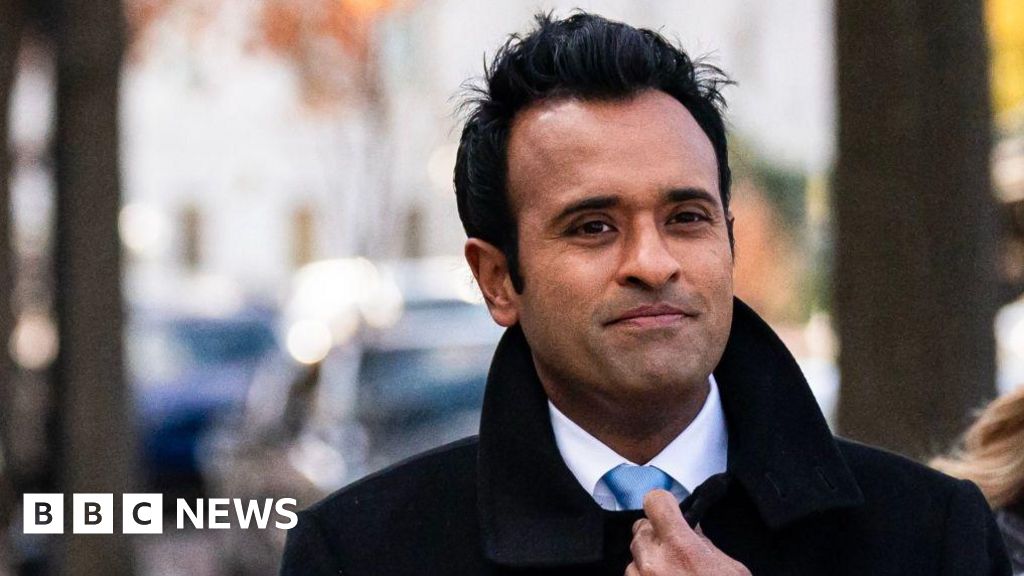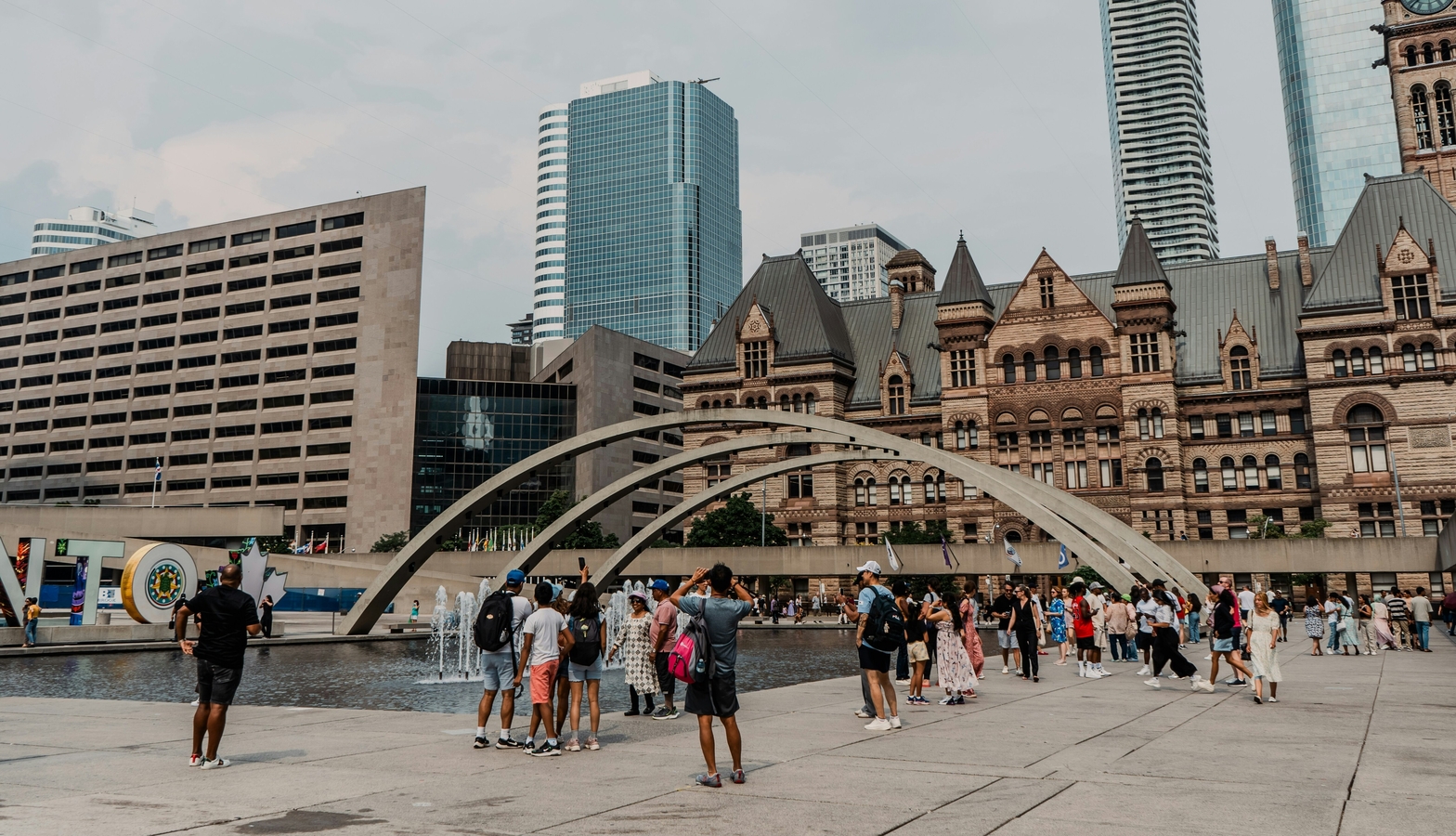As Donald Trump campaigns for a second term in the White House, he’s made a series of promises about revitalizing the U.S. economy.
His message centers on a radical shift in trade policy, plans to eliminate taxes on tips and Social Security benefits, and a proposal to significantly reduce the corporate tax rate. Trump asserts that these measures will not only restore jobs to American soil but also reduce inflation, a point he emphasizes as many Americans continue to grapple with rising prices.
However, some economists predict that his policies could have the opposite effect of what he envisions, sending inflation skyrocketing. The Trump campaign did not respond to a request for comment for this story.
Here’s what to know about Trump’s economic plans if he were to win the presidency again.
He would impose tariffs on every import coming into the U.S.
Trump’s protectionist trade proposals represent a departure from decades of U.S. economic policy. His plans include a universal tariff of 10% to 20% on all imports and as high as 60% on goods from China. He argues that these tariffs will protect American jobs and industries, claiming they will incentivize domestic production and reduce reliance on foreign goods.
During his first term, Trump enacted tariffs on steel and aluminum, citing national security concerns. The tariffs were initially set at 25% on steel and 10% on aluminum. The move sparked retaliatory tariffs from Canada and the European Union, which targeted U.S. agricultural exports, hurting American farmers.
Economists fear that a new universal tariff would invite further retaliation from trading partners, potentially igniting a new trade war and creating a cycle of escalating tensions that could harm economies on both sides. Robert Lawrence, a professor of trade and investment at Harvard University’s Kennedy School of Government, says such a move by Trump would violate U.S. commitments to the World Trade Organization, in which countries agree not to raise their tariffs above certain levels. “There’s no question, based on previous experience, that foreigners retaliate when we’ve raised tariffs, especially when they feel that we haven’t followed the rules in doing so,” Lawrence says.
Experts say a comprehensive tariff strategy might also result in a sharp downturn in stock prices, particularly for U.S. multinationals that rely heavily on international supply chains. The investment bank UBS projected that a 10% tariff could lead to a 10% contraction in the stock market.
Trump claims that his tariff policies and commitment to bring manufacturing jobs back to the U.S. will effectively lower inflation and reduce the cost of living for American families. He believes that tariffs would be absorbed by foreign producers, so the rising costs wouldn’t affect Americans.
But many economists say consumers usually end up paying for tariffs, as importers pass those expenses on. “Unquestionably the direction is that imported goods would go up in price,” Lawrence says. “Even goods that are not directly imported would also go up in price, because they tend to be substitutes for imports.”
A report from the Peterson Institute for International Economics indicates that the inflation rate could rise to between 6% and 9.3% by 2026 if Trump is elected, compared to a baseline estimate of 1.9% without his policies.
This means that everyday goods, from electronics to essential food items, would likely become more expensive. According to the Institute for International Economics, the average American household could see an annual cost increase of about $2,600 under Trump’s policies, while some estimates suggest it could soar as high as $7,600.
An extension of Trump’s 2017 tax cuts
With provisions of his signature tax cuts set to expire in 2025, Trump plans to bring back all of the tax cuts he signed in 2017 and further reduce taxes for individuals and corporations if re-elected. His tax policy is anchored in the promise of tax cuts across the board, including a proposal to eliminate taxes on tips and Social Security benefits. His plans would also lower the corporate tax rate increase to 15% from 21%, arguing that a reduction would spur economic growth and job creation.
“I reduced the corporate tax to 21%. I’d love to bring it down to 15%,” Trump said in an interview with Fox News on Sept. 13. “It’s a big job producer. We’re talking about small businesses… Everybody would be pouring into the United States because our tax rate would be highly competitive.”
Those who support Trump’s tax cuts say it would deliver targeted tax relief to people who need it, while opponents say his plan would primarily deliver benefits to high-income taxpayers rather than low- and middle-income taxpayers. The Tax Foundation, a nonpartisan tax policy nonprofit, has indicated that while Trump’s tax plans might yield slight increases in after-tax income for all groups, the wealthiest individuals would see disproportionately larger benefits.
Analysts project that Trump’s tax cuts could add $5.8 trillion to the national debt over a decade, and Trump has not specified how he would finance these extensive tax cuts. “He’s tossed out tariffs as a way of paying for some of that cost,” says Andrew Lautz, associate director for the Bipartisan Policy Center’s economic policy program, “but all of the modeling that we’ve seen…it’s not really likely that tariffs would cover the entire cost of his tax agenda.”
Trump would seek to influence Federal Reserve decisions
The Federal Reserve controls interest rates and other tools to guide the country’s monetary policy. It’s an independent agency whose mandate is to keep inflation low and labor markets healthy. Presidents can typically only influence the Fed through who they appoint to serve on its board. But Trump has expressed a desire to have more influence over the Federal Reserve’s decisions. He has criticized the Fed for raising interest rates while he was President and has suggested that a more accommodating monetary policy would help alleviate inflation.
“I think I have the right to say I think you should go up or down a little bit. I don’t think I should be allowed to order it, but I think I have the right to put in comments as to whether or not the interest rates should go up or down,” Trump said on Oct. 15 during a Bloomberg News interview at the Chicago Economic Club.
Many economists caution that such interference could undermine the Fed’s independence and the country’s long-term economic stability.
He claims deportations will lower housing prices
Trump and his running mate J.D. Vance have promised to carry out the largest deportation program in American history, claiming that mass deportation of undocumented immigrants would lower the price of housing. “You have got housing that is totally unaffordable because we brought in millions of illegal immigrants to compete with Americans for scarce homes,” Vance said at the vice presidential debate on Oct. 1.
While home prices have gone up more than 50% since the COVID-19 pandemic, and some studies have linked immigration with increases in rents, economists say there is no clear causal link established between undocumented immigration and housing affordability. Trump has argued that reducing the labor pool would also lead to higher wages for domestic workers, which he believes would translate to lower prices for goods and services.
Read More: Here’s What Harris and Trump Have Proposed to Help the Housing Crisis
Critics contend that such actions could disrupt industries reliant on immigrant labor, leading to labor shortages and ultimately driving up costs rather than lowering them. A recent analysis from the Peterson Institute for International Economics found that a deportation program would reduce employment and lower the U.S. GDP. A separate analysis from the American Immigration Council found that it would cost $315 billion to deport 11 million people.
No cuts to Social Security or Medicare
Like Kamala Harris, Trump has vowed not to make cuts to Social Security or Medicare, insisting that he will protect these programs without raising the retirement age. He claims that his administration would focus on eliminating waste and fraud instead.
One of Trump’s major proposals includes eliminating taxes on Social Security benefits. In his speeches, Trump has emphasized his commitment to safeguarding benefits for seniors.
“I will always protect Social Security as I did just four years ago,” Trump said in a video posted to Truth Social on Sept. 9. “Our great senior citizens will be happy and they will be safe. And they will be getting their money from Medicare and Social Security.”
Data from Congressional Budget Office (CBO) suggest that repealing these taxes could result in a revenue shortfall of approximately $1.6 trillion over the next decade, with implications for both Social Security and Medicare funding and the long-term viability of both programs.
Furthermore, the Committee for a Responsible Federal Budget, a nonpartisan budget watchdog group, estimated that Trump’s plans for massive deportations, tariffs, and tax cuts would drive Social Security to insolvency three years earlier than currently projected by the CBO and eventually slash benefits by nearly a third unless Congress steps in to shore up the program. “The trust funds would be insolvent only six years after the next president takes office instead of nine,” the group wrote, claiming that Trump’s proposal to deport undocumented immigrants who now pay into Social Security, end taxes on overtime and tips, and end taxation of Social Security benefits would shrink revenue for the trust fund.
Potential cuts to student loan relief programs
While Trump has not yet announced his specific student loan policy, he has been vocal about his opposition to widespread student loan forgiveness. In June 2023, he praised the Supreme Court for halting President Joe Biden’s debt relief plan, framing it as a win for responsible borrowers and arguing that such measures would be “very, very unfair” to those who have worked hard to pay their debts. Despite the court ruling, Biden has canceled more than $175 billion in student loans since he took office—more than any other President.
Read More: What a Trump or Harris Win Could Mean for Student Loan Forgiveness
As President, Trump proposed cuts to student aid programs and expressed intentions to eliminate initiatives like the Public Service Loan Forgiveness program, describing debt forgiveness as “not legal” and a misguided approach to addressing the student debt crisis. His Administration did, however, pause federal student loan payments without penalty and without accruing interest for at least 60 days during the COVID-19 pandemic.
Project 2025, a conservative policy agenda that Trump has disavowed but that was shaped by some of his former advisors, a new Republican administration “must end” the Biden Administration’s student loan forgiveness programs, including the Public Service Loan Forgiveness initiative.
Trump vows to cut energy costs in half
Trump is pledging to cut Americans’ energy costs in half within a year of taking office, a key part of his plan to reduce inflation. “Energy was what caused our problem initially,” he told an audience at the Economic Club of New York in September. “Energy is going to bring us back.”
The former President has said that he would quickly expand oil and gas drilling and reduce government barriers to power plant construction. He has said that he could lower gas prices “below $2 a gallon” by issuing “a national emergency declaration” to increase the domestic energy supply. Some economists have pointed out that presidents do not control oil production and the U.S. is already pumping more crude oil than any other country in history.
Others believe that lowering energy costs could have an impact on overall inflation. Carl Schramm, an economics professor at Syracuse University, notes that energy costs have been a significant factor in food price inflation since fuel is a major production cost for the agriculture sector. “If you could beat down the cost of energy, you would reduce all this inflation,” he says.










